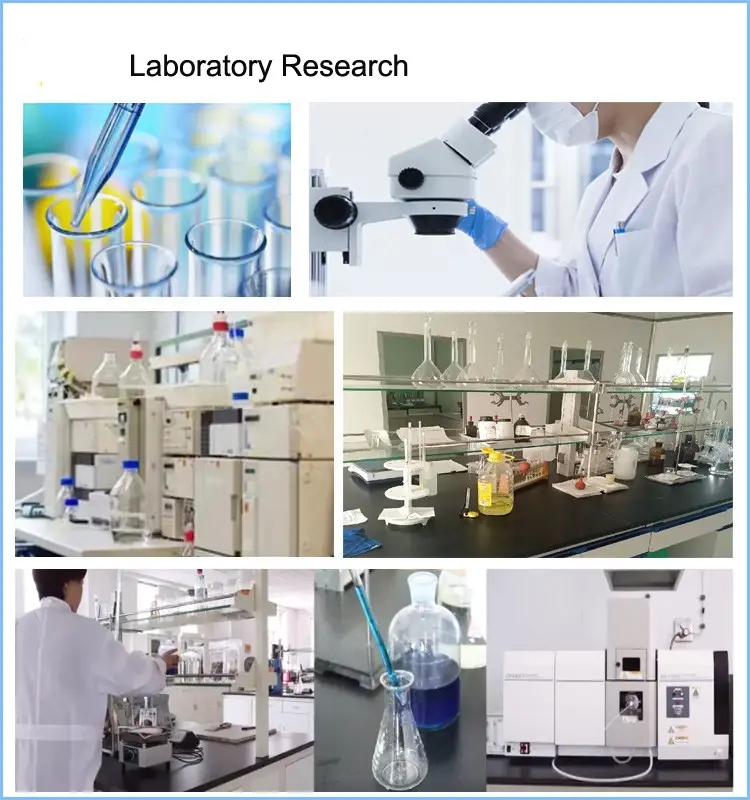
- +86-13363869198
- weimiaohb@126.com

Dec . 23, 2024 08:29 Back to list
curcumin chemical structure
Curcumin Exploring its Chemical Structure and Significance
Curcumin, a bright yellow chemical compound found in turmeric (Curcuma longa), has garnered significant attention not only for its culinary uses but also for its potential health benefits. As a polyphenolic compound, curcumin's chemical structure is central to its bioactivity and therapeutic applications. This article delves into its molecular composition, properties, and implications for health.
Chemical Structure of Curcumin
Curcumin is classified as a diarylheptanoid, a type of polyphenol. Its chemical formula is C21H20O6, which reveals the presence of two aromatic rings connected by a carbon chain. The structure comprises three main parts two phenolic rings (A and B) and a central heptadienedione chain. Each of these components plays a crucial role in the compound's reactivity and biological activity.
The phenolic groups in curcumin contribute to its antioxidant properties, allowing it to scavenge free radicals and reduce oxidative stress. The diene system (conjugated double bonds) in the heptadienedione moiety is responsible for the compound’s distinctive color and its ability to absorb UV light. This conjugation also enhances curcumin’s reactivity, allowing it to interact with various biological molecules.
Synthesis and Modifications
Curcumin can be synthesized through several methods, including extraction from turmeric rhizomes or total synthesis in the laboratory. The extraction process involves the use of organic solvents to separate curcumin from other turmeric constituents. However, the compound is notoriously unstable and has low solubility in water, which poses challenges for its application in medicine.
To enhance its bioavailability, researchers have been exploring various formulations and modifications. For example, nanoparticles, liposomes, and curcumin-phospholipid complexes have been investigated to improve absorption in the digestive tract. Additionally, structural modifications have led to the development of curcumin analogs with enhanced pharmacological properties.
curcumin chemical structure

Biological Activities
The chemical structure of curcumin is linked to its wide array of biological activities. Numerous studies have indicated that curcumin possesses anti-inflammatory, antioxidant, and anticancer properties. It is believed to exert its effects by modulating multiple signaling pathways, including the downregulation of pro-inflammatory cytokines and the inhibition of nuclear factor kappa B (NF-κB).
In cancer research, curcumin has been shown to induce apoptosis (programmed cell death) in various cancer cell lines, including breast, colon, and prostate cancers. Furthermore, it can inhibit angiogenesis, the process by which tumors develop their blood supply. These properties have sparked interest in curcumin as a potential chemopreventive agent.
Potential Health Benefits
Beyond its anticancer effects, curcumin has been studied for its potential role in managing chronic diseases. It may aid in the prevention and treatment of conditions such as cardiovascular diseases, neurodegenerative disorders (like Alzheimer’s disease), and metabolic syndrome. Its anti-inflammatory properties make it a candidate for managing arthritis and other inflammatory conditions.
Additionally, given the global rise in interest for natural compounds, curcumin is being explored as a dietary supplement. However, it is essential to approach curcumin supplementation with caution. The variability in product formulations and the need for effective dosing remain areas for further research.
Conclusion
Curcumin’s intricate chemical structure is pivotal to its diverse biological activities and potential therapeutic applications. As research continues to unravel the mechanisms through which curcumin exerts its effects, there is hope for the development of novel treatments based on this remarkable compound. While it is celebrated for its historical and cultural significance, the future of curcumin in modern medicine looks promising, provided that challenges regarding its bioavailability and formulation are addressed. The journey of curcumin from spice racks to laboratories encapsulates the intersection of traditional knowledge and modern science, paving the way for new health interventions.
-
AI-Optimized CAS: 79099-07-3 Factories for High Yield
NewsAug.01,2025
-
Premium CAS 1451-83-8 Factory with GPT-4 Turbo | AI-Optimized
NewsJul.31,2025
-
Pharmaceutical Intermediates - AI-Optimized Synthesis & Purity
NewsJul.31,2025
-
Top CAS: 79099-07-3 Factories & Wholesale Supplier from China
NewsJul.30,2025
-
High-Quality GS-441524 for White Liquid Type Factories & Suppliers
NewsJul.29,2025
-
High-Quality Pharmaceutical Intermediates for Sale – Reliable Supply
NewsJul.29,2025